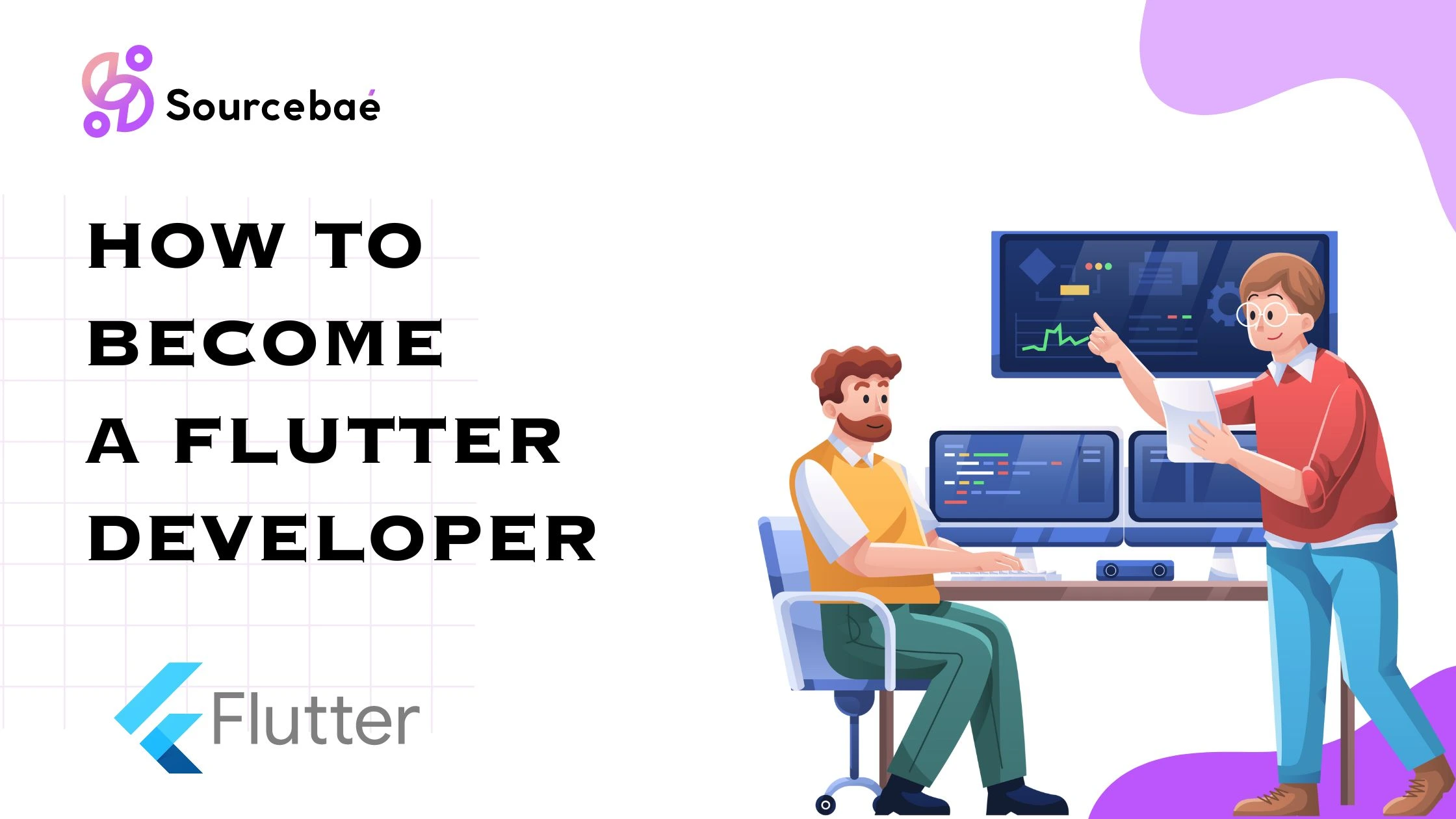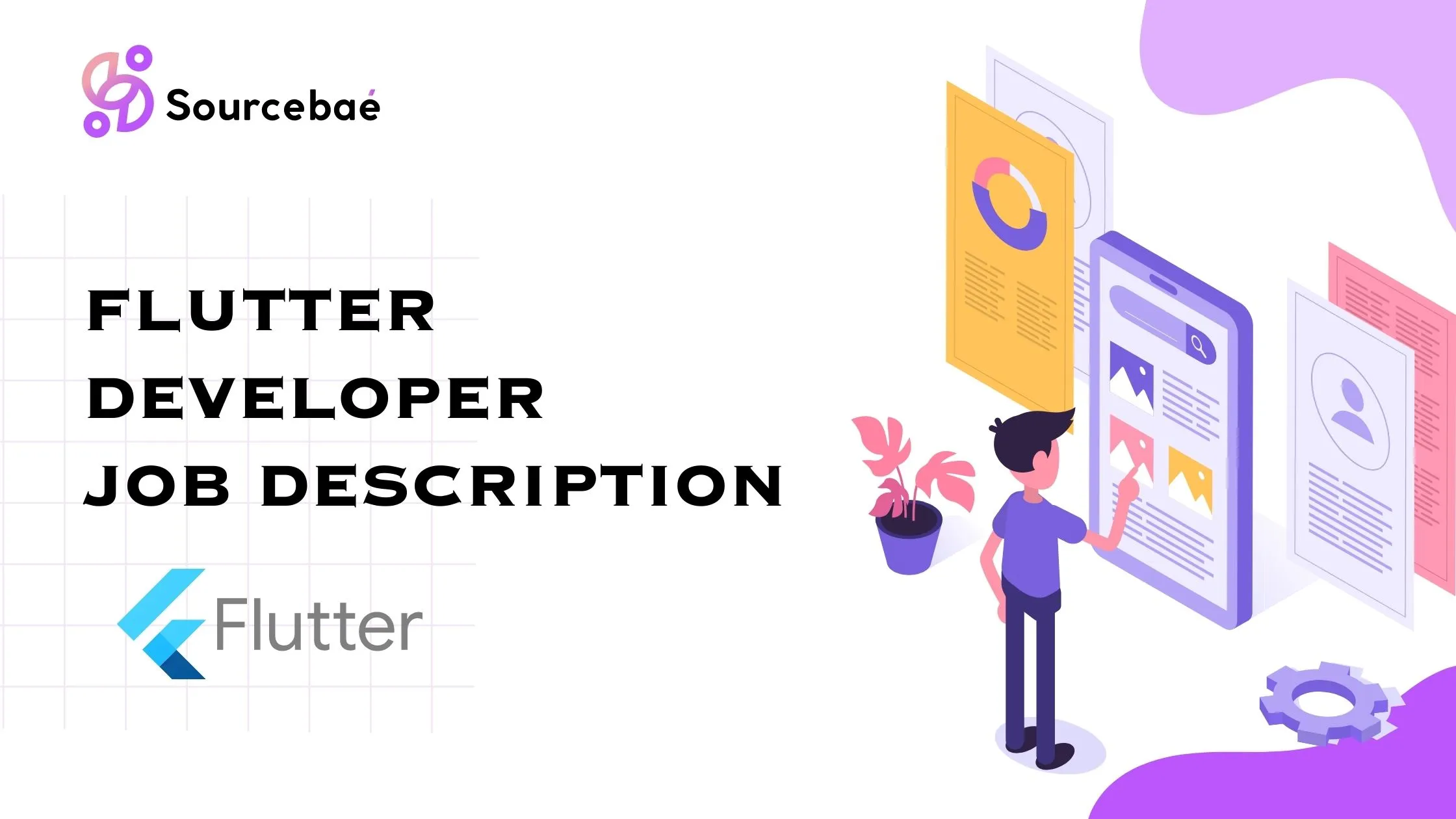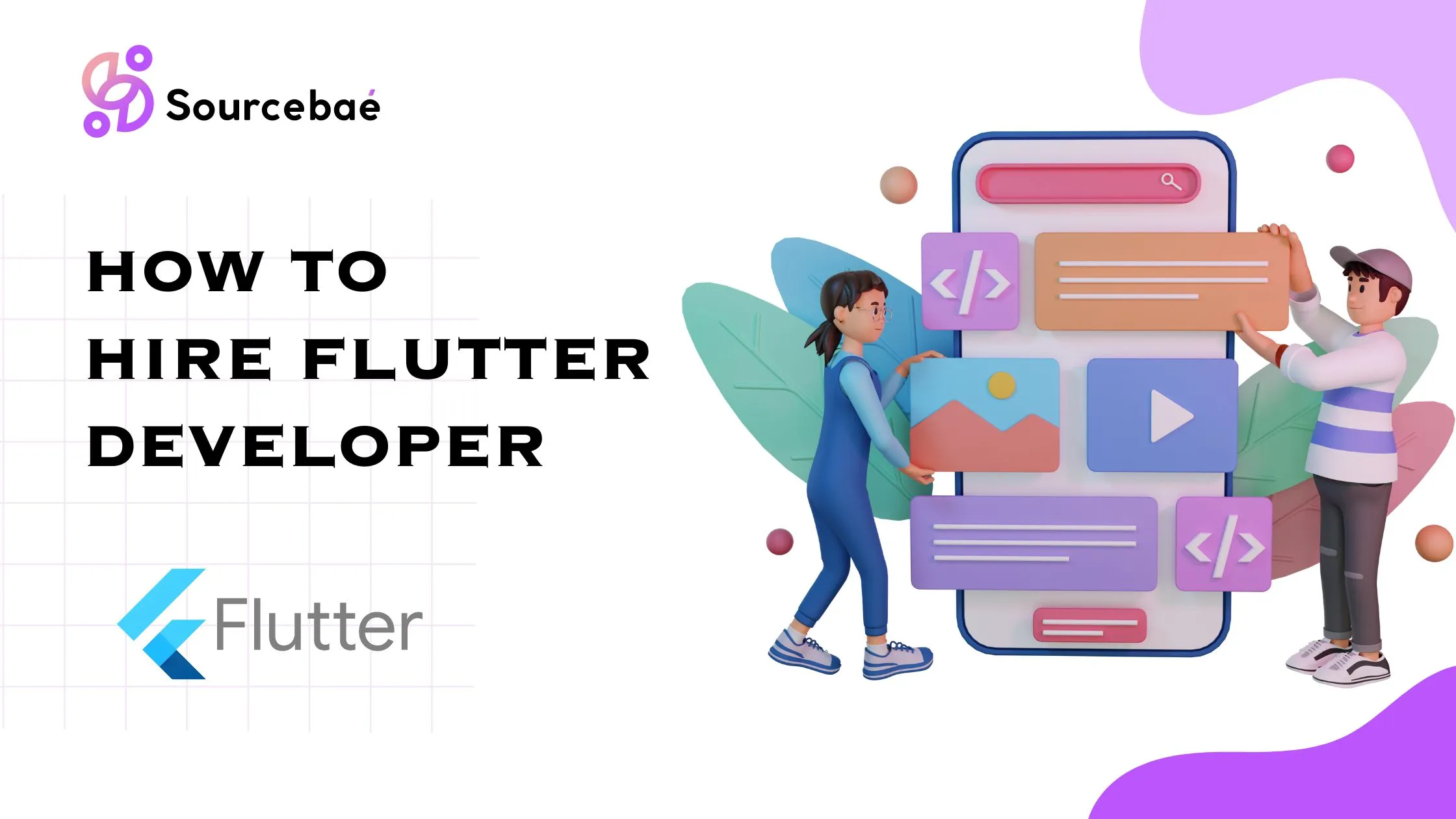
In the ever-evolving landscape of mobile app development, choosing the right technology stack can be a game-changer. Two popular contenders in this arena are Kotlin and Flutter. Both offer unique advantages and cater to different needs, making the decision between them crucial. In this article, we’ll delve deep into the Kotlin vs Flutter debate, exploring their features, performance, ecosystem, and more. By the end, you’ll have a clear understanding of which framework aligns best with your project requirements.
Kotlin Vs Flutter: A Head-to-Head Comparison
To provide you with an organized view of the comparison, we’ve created a detailed outline:
| Heading | Subheading |
|---|---|
| 1. Introduction to Kotlin and Flutter | – Brief overview of Kotlin and Flutter |
| 2. Language and Syntax | – Kotlin’s concise syntax and familiarity – Flutter’s Dart programming language |
| 3. Ecosystem and Libraries | – Kotlin’s integration with Android ecosystem – Flutter’s rich widget library |
| 4. User Interface Development | – Kotlin’s XML-based UI development – Flutter’s widget-based UI development |
| 5. Performance and Speed | – Kotlin’s runtime performance – Flutter’s compiled-to-native approach |
| 6. Development Speed | – Kotlin’s seamless integration with Android Studio – Flutter’s hot reload feature |
| 7. Community and Support | – Kotlin’s strong backing from JetBrains and Google – Flutter’s open-source community |
| 8. Platform and Device Compatibility | – Kotlin’s Android-centric focus – Flutter’s cross-platform capabilities |
| 9. Learning Curve | – Kotlin’s familiarity to Java developers – Flutter’s learning curve for new developers |
| 10. Code Reusability | – Kotlin’s code sharing within Android apps – Flutter’s code sharing across platforms |
| 11. UI Customization | – Kotlin’s native Android UI components – Flutter’s customizable widgets |
| 12. State Management | – Kotlin’s MVVM architecture and libraries – Flutter’s reactive state management |
| 13. Integration with Native Features | – Kotlin’s seamless integration with native code – Flutter’s platform channels |
| 14. Testing and Debugging | – Kotlin’s robust testing tools – Flutter’s debugging and testing capabilities |
| 15. App Maintenance | – Kotlin’s stability and long-term support – Flutter’s potential for easier maintenance |
| 16. Cost and Resources | – Kotlin’s utilization of existing Android resources – Flutter’s potential cost savings |
| 17. Industry Adoption | – Kotlin’s widespread adoption by Android developers – Flutter’s growing popularity |
| 18. Use Cases and App Types | – Kotlin’s suitability for Android-focused apps – Flutter’s versatility for cross-platform apps |
| 19. Flexibility and Extensibility | – Kotlin’s interoperability with Java – Flutter’s customizability |
| 20. Future Outlook | – Kotlin’s place in the Android ecosystem – Flutter’s trajectory in cross-platform development |
| 21. Decision Factors | – Factors to consider when choosing between Kotlin and Flutter |
| 22. Common Scenarios: When to Choose Kotlin | – Scenarios where Kotlin is the preferred choice |
| 23. Common Scenarios: When to Choose Flutter | – Scenarios where Flutter excels |
| 24. Kotlin Vs Flutter: Making the Right Choice | – Analyzing your project requirements |
| 25. Conclusion | – Summarizing the key takeaways of the comparison |
Kotlin Vs Flutter: Language and Syntax
Kotlin boasts a syntax that’s both concise and expressive, making it a natural evolution for Java developers seeking improved efficiency. Its seamless integration with Java allows developers to migrate gradually, preserving existing code. On the other hand, Flutter employs Dart, a language designed specifically for UI development. While Dart may require a learning curve, its modern features and reactive programming model can lead to efficient and clean code.
Ecosystem and Libraries
When it comes to ecosystem and libraries, Kotlin leverages its tight integration with the Android ecosystem. Developers can utilize existing Java libraries, ensuring a broad range of tools at their disposal. Flutter, on the other hand, comes with an extensive widget library that streamlines UI development, enabling developers to create visually appealing interfaces with ease.
User Interface Development
Kotlin’s UI development relies on XML-based layouts, a familiar approach for Android developers. This method facilitates collaborative work between designers and developers. Flutter, however, adopts a widget-based UI development approach, allowing for more customizable and consistent UI elements across platforms.
Performance and Speed
In terms of performance and speed, Kotlin offers excellent runtime performance due to its compiled nature. On the other hand, Flutter compiles to native ARM code, resulting in faster execution and reduced startup times.
Development Speed
Kotlin’s seamless integration with Android Studio ensures a smooth development experience. However, Flutter’s hot reload feature takes speed to a new level, allowing developers to instantly view changes during app development, thereby accelerating the development cycle.
Community and Support
Kotlin enjoys strong backing from tech giants JetBrains and Google, ensuring consistent updates and support. Flutter, being open-source, benefits from a growing community of passionate developers who contribute to its ecosystem, making it a dynamic and vibrant platform.
Platform and Device Compatibility
Kotlin is inherently Android-centric, making it an optimal choice for Android app development. Flutter, on the other hand, stands out with its cross-platform capabilities, enabling developers to create apps for both iOS and Android using a single codebase.
Learning Curve
Kotlin’s syntax familiarity with Java reduces the learning curve for Java developers. In contrast, Flutter’s unique Dart language may require some adjustment, especially for those new to reactive programming paradigms.
Code Reusability
Kotlin allows code sharing within Android apps, promoting reusability. Flutter takes it a step further with its cross-platform nature, allowing developers to share code seamlessly across iOS and Android apps.
UI Customization
Kotlin leverages native Android UI components, ensuring a consistent and platform-specific look. Flutter’s customizable widgets provide the flexibility to design unique and captivating user interfaces.
State Management
Kotlin relies on the Model-View-ViewModel (MVVM) architecture and associated libraries for effective state management. Flutter employs a reactive approach, simplifying state management and enhancing UI responsiveness.
Integration with Native Features
Kotlin seamlessly integrates with native code, making it suitable for apps requiring extensive use of device features. Flutter bridges this gap through platform channels, enabling communication between Dart and native code.
Testing and Debugging
Kotlin offers robust testing tools that ensure app stability and reliability. Flutter, with its hot reload and rich debugging capabilities, provides a conducive environment for efficient testing and debugging.
App Maintenance
Kotlin’s stability and long-term support make it a dependable choice for app maintenance. Flutter’s potential for easier maintenance lies in its
single codebase, reducing the effort required to update and maintain separate platform-specific code.
Cost and Resources
Kotlin leverages existing Android resources, potentially resulting in cost savings for businesses already invested in Android development. Flutter’s cross-platform nature can also lead to cost savings by minimizing the need for separate iOS development efforts.
Industry Adoption
Kotlin has been widely adopted by the Android developer community, thanks to its official endorsement by Google. Flutter, while relatively new, has been gaining momentum rapidly due to its potential for efficient cross-platform development.
Use Cases and App Types
Kotlin shines in Android-focused app development, leveraging its compatibility and integration with the Android ecosystem. Flutter’s versatility makes it ideal for cross-platform apps, where maintaining a single codebase is paramount.
Flexibility and Extensibility
Kotlin’s interoperability with Java offers flexibility in integrating existing Java code. Flutter’s extensibility is evident through custom plugins and packages contributed by the community, expanding its capabilities.
Future Outlook
Kotlin is poised to remain a vital part of the Android ecosystem, given its official status and widespread usage. Flutter’s trajectory as a prominent cross-platform framework appears promising, considering its growing popularity and developer interest.
Decision Factors
When choosing between Kotlin and Flutter, several factors come into play. Project requirements, team expertise, platform preferences, and the desired user experience should guide your decision.
Common Scenarios: When to Choose Kotlin
- Developing Android apps with a focus on platform-specific features.
- Leveraging existing Java libraries and codebases.
- Utilizing Kotlin’s seamless integration with Android Studio.
Common Scenarios: When to Choose Flutter
- Creating cross-platform apps with consistent UI and functionality.
- Prioritizing rapid development and iteration with Flutter’s hot reload.
- Exploring innovative UI designs using Flutter’s customizable widgets.
Kotlin Vs Flutter: Making the Right Choice
The decision between Kotlin and Flutter ultimately depends on your project’s unique requirements and goals. Carefully consider the outlined factors, and remember that both frameworks have their strengths and weaknesses. By evaluating your development needs and desired outcomes, you can make an informed decision that aligns with your app’s success.
Conclusion
In the realm of app development, the Kotlin vs Flutter debate remains a pivotal point of discussion. Each framework brings its own set of advantages to the table, catering to diverse development needs. Whether you opt for the familiarity of Kotlin or the cross-platform potential of Flutter, understanding their differences empowers you to make a decision that sets the stage for a successful app development journey.





